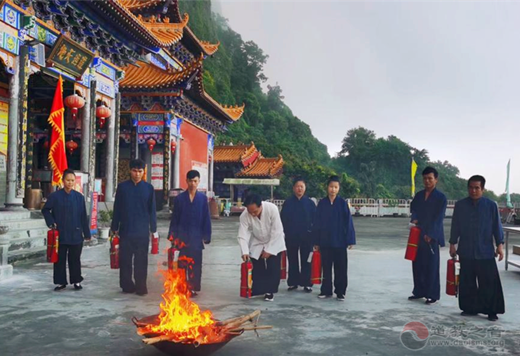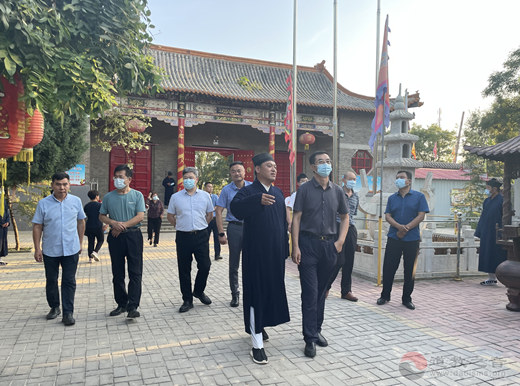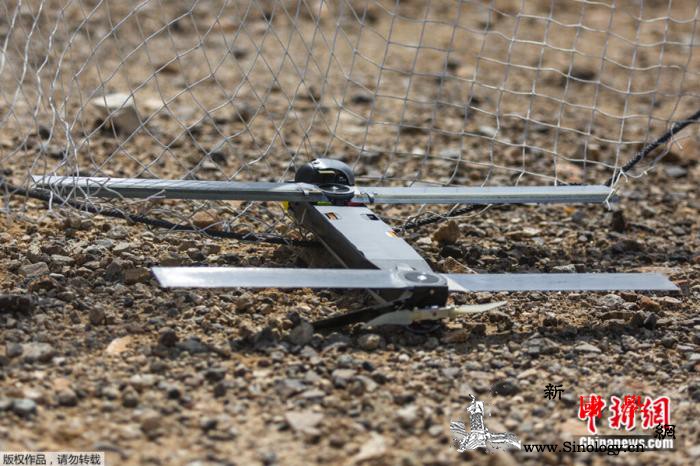

鉴于各省铸行铜元毫无节制, 清政府便着手整顿和统一币制,试图将铸币权收归国有,加强控制。1905年(光绪三十一年)10月,清政府在天津设立的户部造币总厂开始铸造新式铜元"大清铜币",并颁布《整顿圜法章程十条》,其中规定:"铜元成色定为用九七紫铜,三厘白铜,原用听锡一厘";"重量定准当二十者重库平四钱,当十者重库平二钱,当五者重库平一钱,当二者重库平四分";"统一制造大清铜币,由户部颁发祖模,均与总厂所铸一律,惟于正面加铸省名一字,以便查考。每次铸出,均须呈送财政处户部化验,并由财政处户部随时遵派要员前往稽查","各省所铸铜币,应令该省所设官钱公估等局,酌量市面情形定价,随发随收,持之以信";"各省所铸铜币, 不得大宗贩运出生活上,若各省需用铜币,可备价至总厂领取"。
1906年(光绪三十二年)7月, 清政府处户部又奏请朝廷, 拟将当时全国24处铜元局, 酌量归并为九处, 如折中所述:"然中国幅员辽阔, 若如全国仅设一厂,转运恐形不便,惟有相度地势之拼。除臣部所设总厂外,拟以山东归并直隶为一厂,湖南归并湖北为一厂,江西、安徽、江苏、清江并归江宁一厂,浙江归并福建为一厂, 广西归并广东为一厂。合奉天、河南、 四川、云南四厂,共九处, 皆归臣部统辖,调剂盈虚, 彼此均可匀拨。"在归并铜元局得以顺利实施的同时,又限定各省每日铸造铜元数额,以避免重蹈滥造的覆辙。此后,清政府将户部改称"度支部",命各省造币厂改称度支部造币分厂,欲统而治之,巩固中央造币集权。
这一时期铜元的显著特点,正面均钤有汉文"大清铜币"字样,左右边缘分列"户部"和干支纪年文字, 后期去掉"户部", 仅留干支纪年文字, 上缘列满文"大清铜币", 下缘列纪值文字; 背面为统一蟠龙, 又称"部颁龙"或"大清龙", 上缘前期为"光绪年造"、后期为"宣统年造"字样,下缘为英文"TAI-CHING-TI-KUO COPPER COIN", 汉译为"大清帝国铜币"。户部所铸铜元正面中央无文字,各省所铸铜元正面中央铸一阴文单省名,也有个别为阳文以示区别。币值分为当制钱二十文、十文、五文和二文四种。此阶段新疆地区铸行"宣统元宝"铜元,西藏地区曾铸行"宣统宝藏"铜元,仅此两例。虽然清政府处心积虑改革币制,但未能有效遏制住全国大肆铸造铜元的势头,各省局以利之所在都阳奉阴违,边疆省份云南竟敢违背不准设新厂的诏令, 1907年(光绪三十三年)设局铸行"云"字大清铜币。
面对铜元泛滥之灾愈演愈烈,清政府决心彻底改革币制,从根本上解决铜元铸行中暴露出来的问题,废除旧铜元,再造新铜元。1910年(宣统二年)4月16日, 清政府颁布了《币制则例》, 实行银本位制, 即以银元为主币,铜元为辅币,一种新型辅币制度明文确立。新铜元以分为单位,有二分、一分、五厘、一厘四种。然而,这套新铜元的币值又与制钱比价相背离,只铸式样,并未流通。故1911年(宣统三年)又推出一套新铜元, 仍称"大清铜币", 计有二十文、 十文、五文和二文、一文五种,五文以上铸有制钱和银元互换值, 以补第一套新铜元之不足。 同时还规定新、 旧铜元暂时同用,在三年之内逐步收回旧铜元,期满停止使用。但这一币制改革方案,还未来得及全面实施(只有十文和一文铜元进入流通领域),便爆发了辛亥革命,清朝灭亡。
这枚大清铜币的主人之前家里是资本家 家里酒楼当铺什么都有 这只是他家里的其中一枚钱币。
In view of the lack of control over the copper coins minted in various provinces, the Qing government set about rectifying and unifying the currency system, trying to nationalize the coinage right and strengthen control. In October 1905 (Guangxu Thirty-one), in October, the Hube Mint Plant established by the Qing government in Tianjin began to cast a new type of copper "Daqing Copper Coin" and promulgated "Ten Articles of the Rectification of the Law", which stipulates: It is set to use ninety-seven red copper, three centimetres of copper, and the original tin is one cent. ";" The weight shall be determined to be twenty if it weighs four dollars, ten if it weighs two dollars, five when it weighs one dollar, when The two are equal to Kuping's quarter; "" The Daqing copper coins are manufactured in a unified manner, and the ancestral models issued by the Ministry of Household are cast in the same way as the head factory, but the word of the province name is cast on the front for easy reference. Each time it is cast, all It must be submitted to the Ministry of Finance for testing by the Ministry of Finance, and the Ministry of Finance should dispatch key officials to inspect at any time. "" Copper coins minted in various provinces should be ordered by the Ministry of Finance and other bureaus to set prices according to market conditions "Accept it and hold it by faith"; "Copper coins minted in various provinces are not allowed to be trafficked out of life in large quantities. If the provinces need to use copper coins, they can reserve the price at the head factory to get it."
In July 1906 (Thirty-two years of Guangxu), the Qing Government Office requested the court to merge the 24 copper Yuan bureaus in the country into nine places at their discretion, as stated in the compromise: "Nevertheless, China has a vast territory, if If there is only one factory in the country, it is inconvenient to transfer, but it is only a matter of terrain. In addition to the general factory set up by the Ministry, it is planned to use Shandong to merge into Zhili as a factory, Hunan to merge into Hubei as a factory, Jiangxi, Anhui, Jiangsu , Qingjiang merged into Jiangning No.1 factory, Zhejiang merged into Fujian No.1 factory, and Guangxi merged into Guangdong No.1 factory. Hefengtian, Henan, Sichuan, Yunnan four factories, a total of nine sites, all under the jurisdiction of the ministerial department, adjust the surplus, each can Evenly. "While the merger of the Copper Yuan Bureau was successfully implemented, it also limited the amount of copper coins that can be cast in each province every day to avoid repeating the same mistakes. After that, the Qing government renamed the household ministry "du branch" and ordered the provincial mints to be renamed the Du branch mint branch, in order to unify them and consolidate the centralization of the central mint.
The distinctive characteristics of the copper yuan during this period are the words "Daqing Copper Coin" in Chinese on the front, the "hubu" and the chronological text on the left and right edges are separated, and the "hubu" is removed in the later period, leaving only the chronological text on the stem, and the upper edge is full The text "Daqing Bronze Coin", the lower margin of the column value text; the back is the unified pan dragon, also known as "Ministry of Dragons" or "Daqing Dragon", the upper edge of the early period is "Guangxu Years", the latter is "Xuantong Years" "Word, the lower margin is English" TAI-CHING-TI-KUO COPPER COIN ", Chinese translation is" Daqing Empire Copper Coin ". There is no text in the center of the front of the copper yuan cast by the Hube, and a single province name is cast in the center of the front of the copper yuan cast by the provinces. There are also individual Yang texts to show the difference. The currency value is divided into four types: twenty, ten, five and two. At this stage, the "Xuantong Yuanbao" copper coins were cast in Xinjiang, and the "Xuantong Yuanbao" copper coins were cast in Tibet. These are only two examples. Although the Qing government was deliberately reforming the currency system, it failed to effectively curb the momentum of the country's widespread copper coin casting. The provincial and bureaus are all in favor of Yang and Yin. The border province Yunnan dared to violate the decree that no new factory should be established. Year) The establishment of the bureau cast the "Yun" word Qing copper coins.
In the face of the intensification of the proliferation of copper coins, the Qing government was determined to completely reform the currency system, fundamentally solve the problems exposed in the casting of copper coins, abolish old copper coins, and create new copper coins. On April 16, 1910 (the second year of Xuantong), the Qing government promulgated the "Regulations of the Currency System", which implemented the silver standard system, that is, the silver dollar was the main currency, and the copper dollar was the auxiliary currency. A new type of auxiliary currency system was clearly established. The new copper yuan is divided into four units: two points, one point, five cents, and one cent. However, the currency value of this new set of copper yuan is also contrary to the money-making price ratio. Therefore, in 1911 (three years of Xuantong), a new set of copper coins was introduced, which is still called "Daqing Copper Coins". There are 20 types, 10 types, 5 types and 2 types, and 1 type and 5 types. Silver dollar swap value to make up for the shortage of the first set of new copper dollars. At the same time, it also stipulates that the new and old copper dollars are temporarily used together, and gradually withdraw the old copper dollars within three years, and stop using them at the end of the period. However, this currency reform plan has yet to be fully implemented in the future (only ten articles and one article of copper coins entered the circulation field), and the 1911 Revolution broke out and the Qing Dynasty perished.
The owner of this Daqing copper coin used to be a capitalist and his pawnshop had everything. This is just one of his coin
关键字: 内容标签:宣统,币制,大清,宣统 币制 大清
如果本站的内容资源对您有所帮助

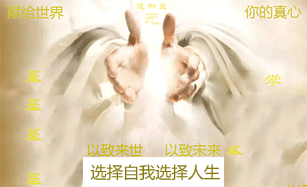
献给世界,你的真心,以致来世,以致未来



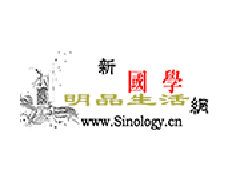

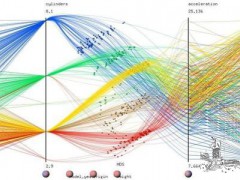


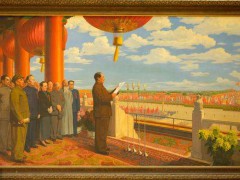

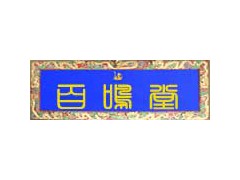
 推荐好文
推荐好文

